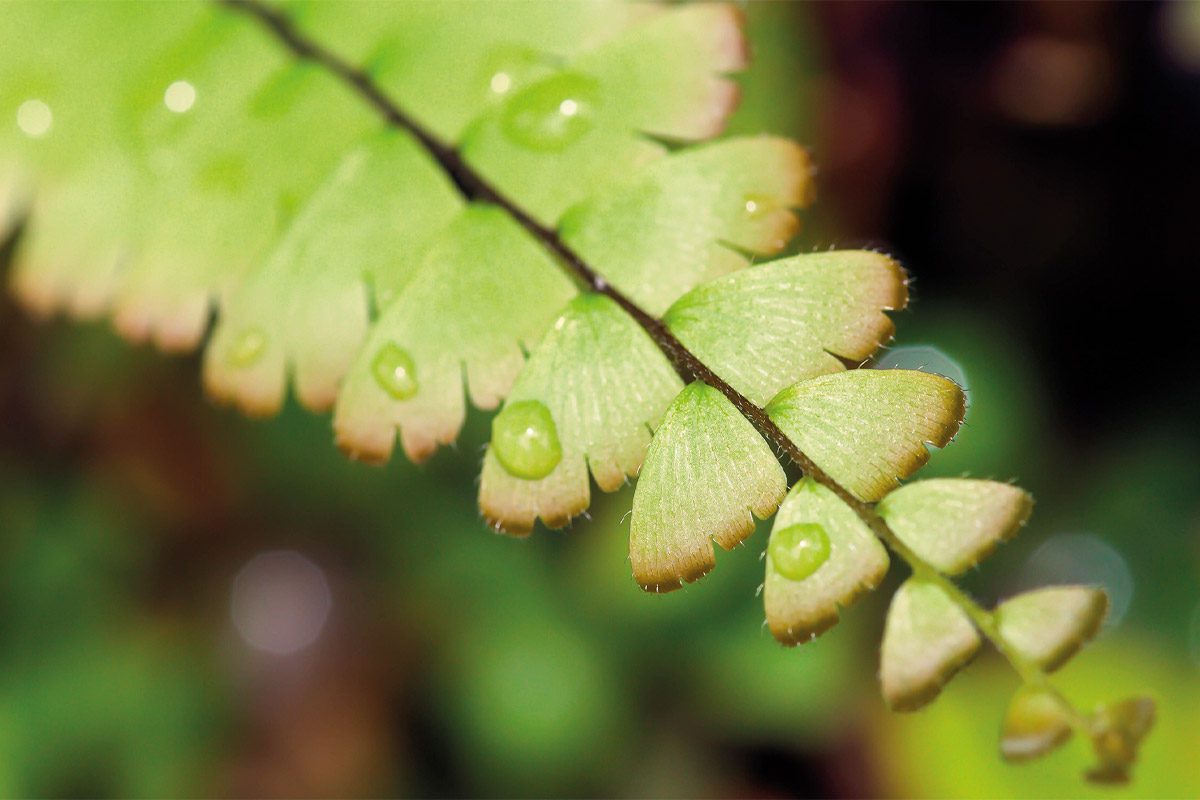Some plant species could help to remove toxic heavy metals and metalloids from contaminated soil, as a recent study from researchers at Nanyang Technological University in Singapore appears to demonstrate.

Phytoremediation is the use of plants to extract and store contaminants from soil. As a first step to determine if candidate plants had phytoremediation abilities, the team examined samples of them for levels of heavy metals and metalloids. The detection of a high concentration suggested an ability to absorb the pollutants.
The study team say they discovered that there are existing tropical plants which could potentially play a role in the remediation of contaminated lands. The plants examined are widely available and include species native or naturalised to Singapore. The team suggested they could be introduced and removed from plots of land with minimal impact to ecosystems providing a sustainable way of managing contaminants in soil.
The findings were published in the peer-reviewed journal Environmental Pollution in February.
Land remediation is a particular priority in countries where available land is scarce, as Professor Lam Yeng Ming explained. The study set out to uncover how to better make use of tropical plants to do phytoremediation.
Such an approach is also cost effective, simple to manage, aesthetic, and sustainable over the long-term. “The strategy prevents erosion and metal leaching by stabilising or accumulating heavy metals, so that helps reduce the risk of contaminant spread,” said Lam Yeng Ming.
The team conducted a field survey and collected soil and plant samples between March 2019 and January 2020. A total of 46 plant species were studied as potential candidates for phytoremediation.
An ability to accumulate several types of heavy metals and metalloids was observed in 12 plant species, including the commonly seen Cow Grass (Axonopus compressus), as well as “hyperaccumulators” like the Brake Fern (Pteris vittata) and the Indian Pennywort (Centella asiatica).
The metals
The elements investigated in the study were heavy metals and metalloids that are potentially toxic to humans and animals, such as cadmium, arsenic, lead, and chromium.
They occur naturally in soils, but rarely at toxic levels. However, they can accumulate and reach higher levels over a long period of time, as heavy metal particles from air pollution (e.g. vehicle emissions, construction activities) tend to accumulate and remain in the top layers of soil.
Other factors that could result in high levels of heavy metals in soil include the use of synthetic products such as pesticides, paints, batteries, industrial waste, and land application of industrial or domestic sludge.
To assess whether the levels of heavy metal were dangerous, the team used the Dutch Standard, which provides values for the acceptable threshold of environmental pollutants in soils. This mode of assessment has also been adopted by Singapore’s government agencies.
Associate Professor Tan Swee Ngin, from the Academic Group of Natural Sciences and Science Education at NTU’s National Institute of Education, who was the study’s co-author, said: “Our results revealed there were regions where levels of heavy metals and metalloids were relatively high and could affect the environment and the health of flora and fauna in Singapore. This would call for preventive actions, such as our method of using plants to remove these toxic materials, to be employed to minimise heavy metal contamination.”
How does it measure up to classic remediation?
Phytoremediation could serve as a more environmentally friendly alternative to existing industrial options to remove the heavy metals from polluted soil, which include methods such as soil washing and acid leaching. These methods can be costly and may employ harsh chemicals to remove pollutants from soil.
Heavy machinery to conduct excavation and transportation of soil is also usually required in such processes and these procedures may negatively affect the environment by affecting soil health and fertility. These methods also run a high risk of exposing humans or animals to the heavy metals.
However, phytoremediation is a slow and long-term commitment and requires prudent management in the removal and disposal of the contaminated plant samples. Using different types of efficient plants to carry out phytoremediation in polluted soils, and with enough growth cycles through repeated planting, can ultimately lead to reductions in the level of heavy metals and metalloids in the soil.
The joint research team is currently testing the plants on plots of land in Singapore that have high concentrations of heavy metals to better determine the effectiveness of the plants in an urban setting.
They are also testing the usage of other inorganic particles that are incorporated into plants and that can both help in the plant growth and improve the uptake of these contaminants by the plants. This will reduce the time taken for the absorption of the heavy metals and hence speed up the remediation time.






